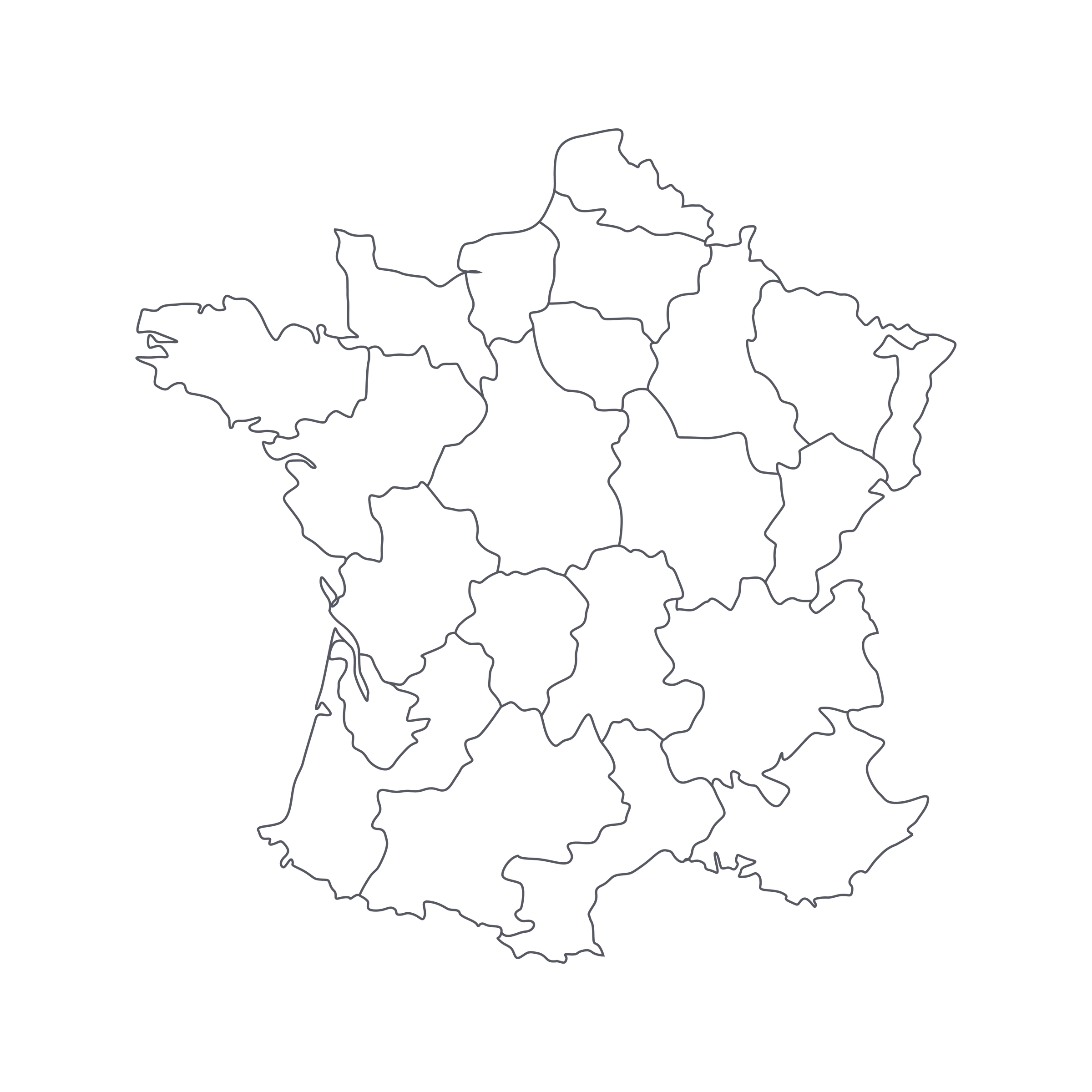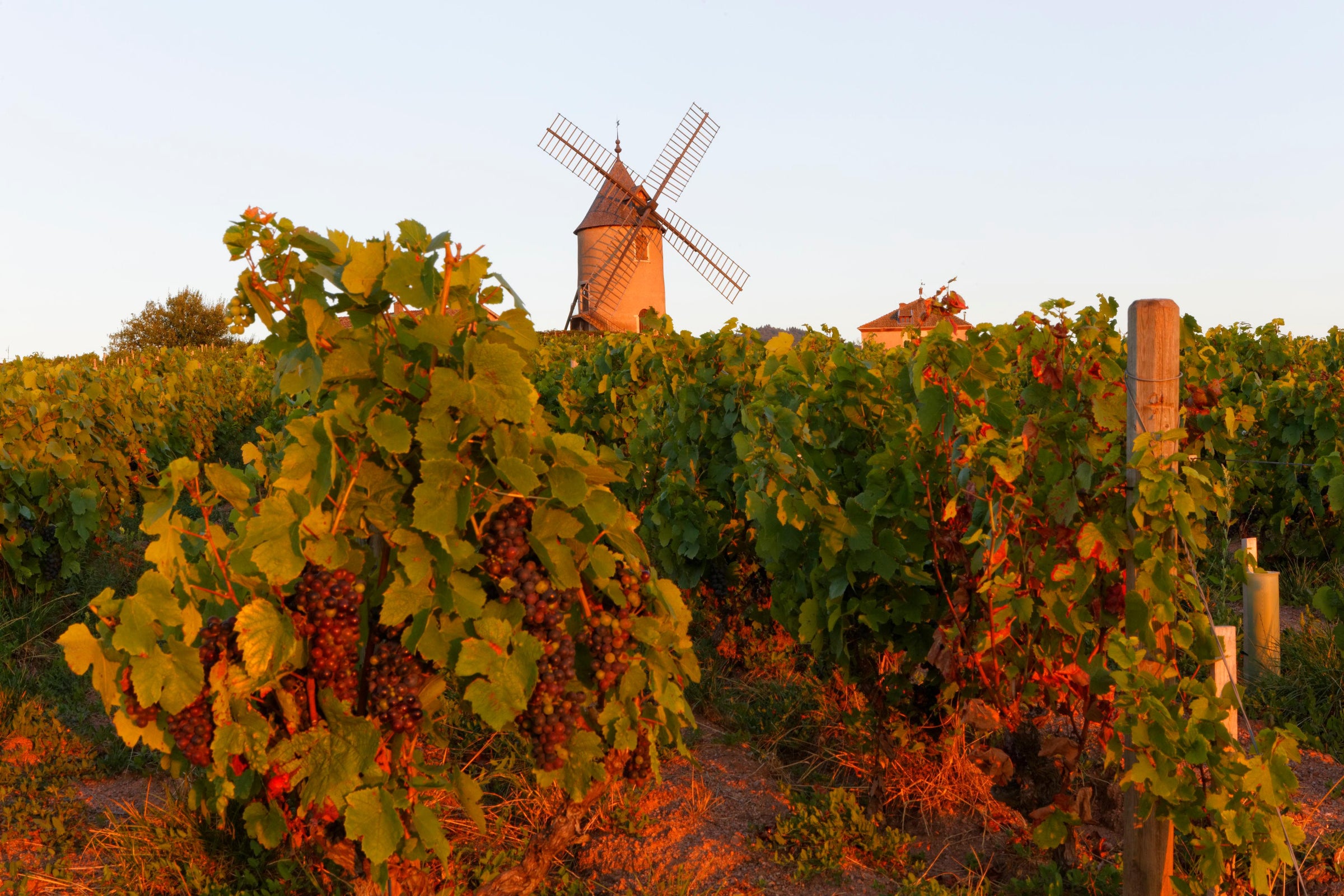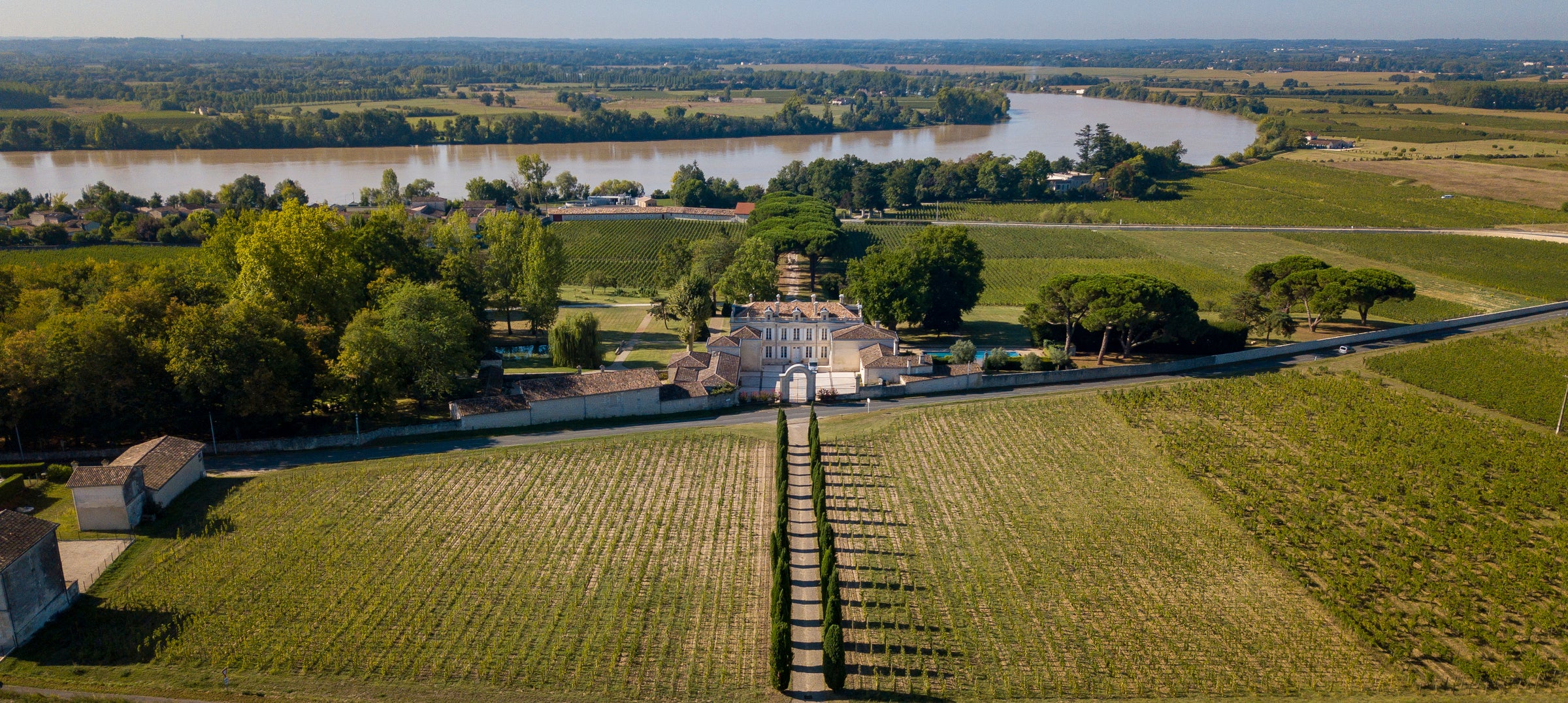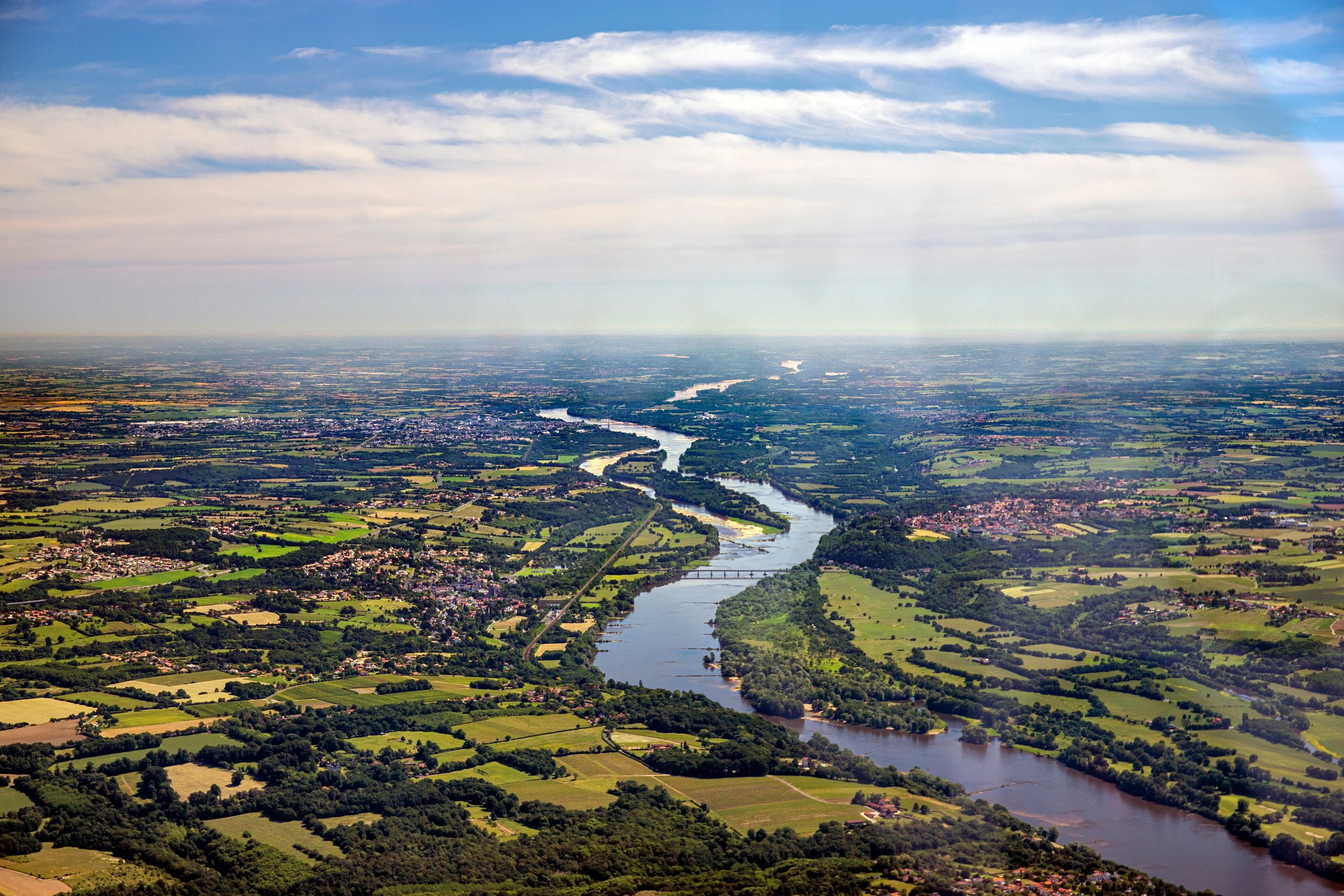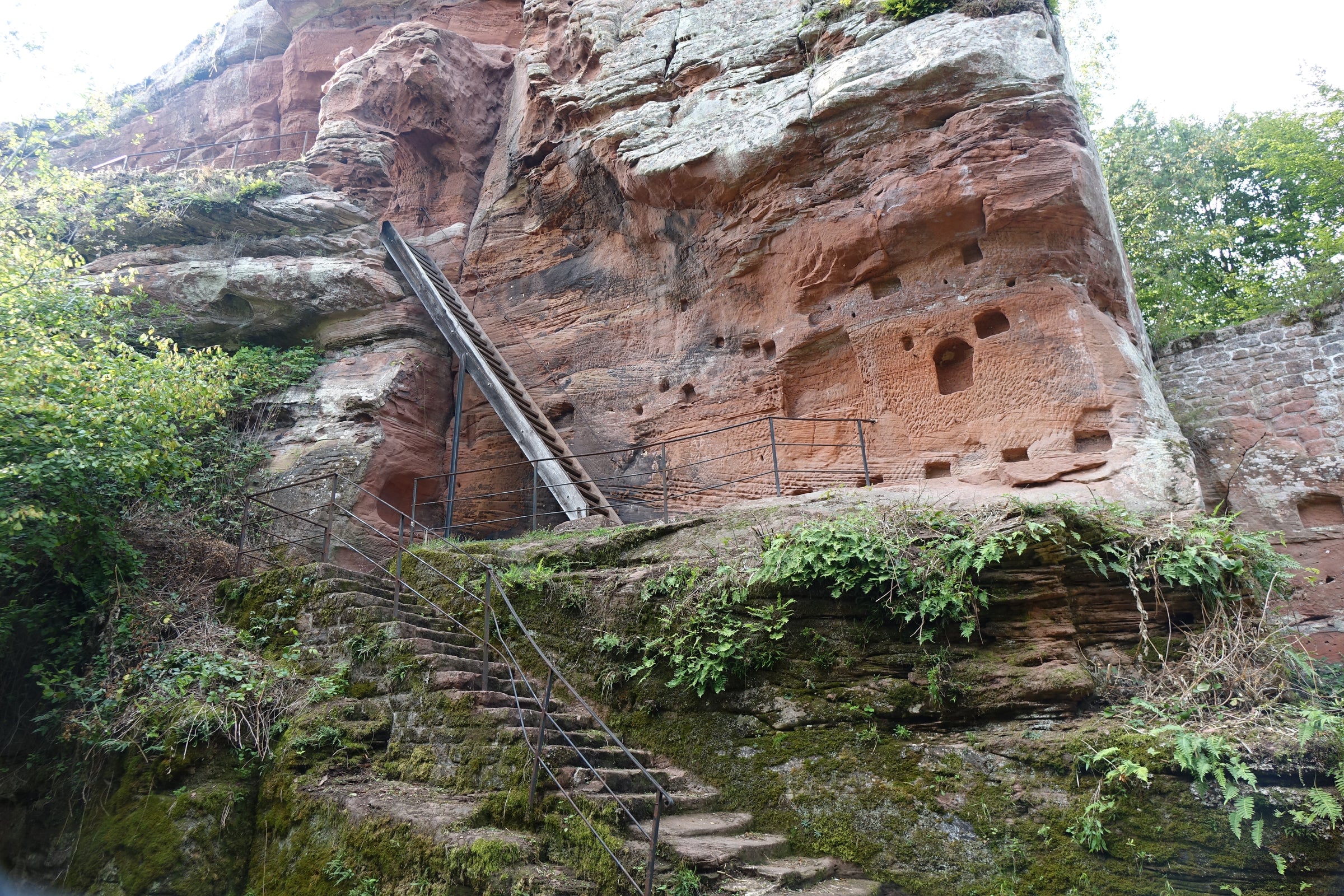As we have learned time and again over three years of offering wines on this site, Bordeaux is unparalleled when it comes to drinking sound, mature wines at reasonable (often straight-up cheap) prices. So much age-worthy wine from around the world is consumed when it is way too young, while the alternative usually requires a significant financial outlay (or, more patience than many of us can muster). And for all of the creeping “modernity” in Bordeaux—heavily extracted, heavily oaked styles designed for immediate gratification—there’s still a critical mass of structured, sturdy wines that’ll go 10-20 years with ease.
With all this in mind, I visited Bordeaux recently with the mission of acquiring some of these well-matured (or maturing) classics for our customers—and after 3 months of patiently waiting, they have finally made the long journey and are ready to ship after resting in our cool warehouse. This 2009 from Château Cantemerle is an archetypal Bordeaux ‘second wine’—as in, a wine crafted in the same way as the property’s 'grand vin,' but from its younger vines—from a highly rated vintage. It is performing like an absolute champ right now, still sporting robust color and a pitch-perfect aromatic profile—a testament to its provenance. It is also remarkably inexpensive at $29. You deserve to drink mature wine, and often. This is the first of several well-aged Bordeaux values we snagged on our recent trip, and once you’ve tried it, I guarantee you’ll be hankering for the next in the series.
It bears repeating that this wine came to us direct from Bordeaux; Cantemerle is one of the oldest properties in Bordeaux, and a ‘fifth growth’ grand cru classé at that, so it’s not like you won’t see the wine at other retail outlets. But, as my recent tasting of the wine confirmed—it is incredibly robust and still-youthful, and from a purportedly ‘young-drinking’ vintage, no less—it’s always a bonus to acquire a wine passed through as few hands as possible. This one is in impeccable condition.
Château Cantemerle is in the village of Macau, hard by the Gironde River just south of Margaux. Macau is one of 15 villages included in the catch-all Haut-Médoc AOC, which covers a fairly long strip of Bordeaux’s ‘left bank.’ It has a long and labyrinthine history dating to 1354, when the Lord of Cantemerle paid his tithes with a cask of “clairet”—or “claret,” as the Brits would come to call it. It later came into the hands of the Villeneuve family, who controlled it for more than 300 years and fought for its inclusion in the historic 1855 Classification. But in the intervening years, the property fell into disrepair: By the time the insurance group SMABTP purchased the ancient estate, it was in desperate need of an overhaul in the vineyards as well as the winery. Only 20 hectares of the 70-hectare estate were planted to vineyards and the facilities were beyond archaic. Over more than a decade, the winery and cellar were meticulously updated, the vineyards were replanted by traditional Médoc standards and the first “open offering” of Château Cantemerle didn’t hit the market until 1996. The group refused to reintroduce the historic château to the world until it was returned to its original, near-forgotten standards.
Those standards include treating the ‘second’ wine with as much care as the grand vin, and on this score Les Allées de Cantemerle delivers the goods: Sourced from younger vines on the 92-hectare estate, the blend of the 2009 “Allées” closely resembles the mix of grapes in the estate’s vineyards: 61% Cabernet Sauvignon, 29% Merlot, and 10% Cabernet Franc. The fruit was 100% destemmed and underwent a 30-day maceration on its skins during fermentation, after which it was aged 12 months in French oak barriques (of which 20% were new).
The first thing you’ll notice about the 2009 Allées de Cantemerle is it opaque dark-ruby color, showing only the slightest hint of bricking at the rim. The nose is a treasure trove of Left Bank Cabernet aromatics, now heightened and rendered more complex with bottle age: aromas of black currant, black plum, cassis, cedar, freshly ground espresso, and tobacco leap from the glass, and are mimicked on the silky, nearly full-bodied palate. The tannins have taken on a satisfyingly fine-grained texture, and the acidity is still quite bright, but the overall impact is one of wooly softness (it’s like listening to vinyl instead of a CD/MP3). It is lush and accessible now but I foresee 5+ years of delicious drinking ahead of it, with a peak coming around 2020. If enjoying now (highly recommended), you can probably just uncork the bottle about 30 minutes before serving in large Bordeaux stems. Decanting won’t hurt, but I’d say it’s optional. This wine will offer plenty of intellectual/emotional stimulation sipped slowly on its own, but it’d make an impressive main-course red at your next dinner party (without coming anywhere near breaking the bank). Serve it alongside the attached recipe for a very elemental, earth-driven pairing. Here’s hoping you enjoy a bottle (or three) very soon!


